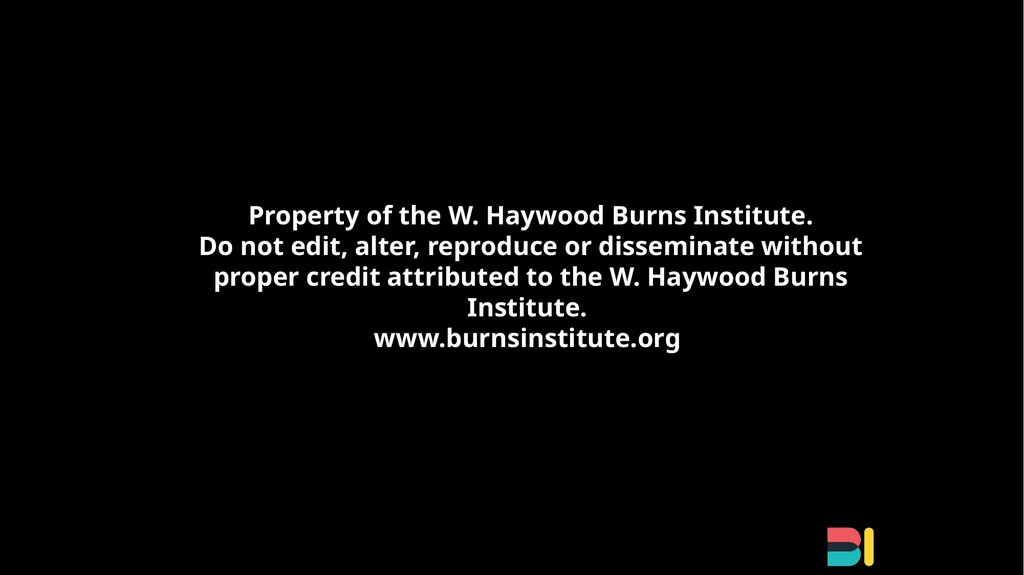
Property of the W. Haywood Burns Institute. Do not
Author: giovanna-bartolotta | Published: 2025-08-13
Description: Property of the W. Haywood Burns Institute. Do not edit, alter, reproduce or disseminate without proper credit attributed to the W. Haywood Burns Institute. www.burnsinstitute.org SF CJHWG MID COURSE CORRECTION December 16, 2020
Download Presentation
Download the PPT/PDF: Download
Transcript:
Loading transcript…